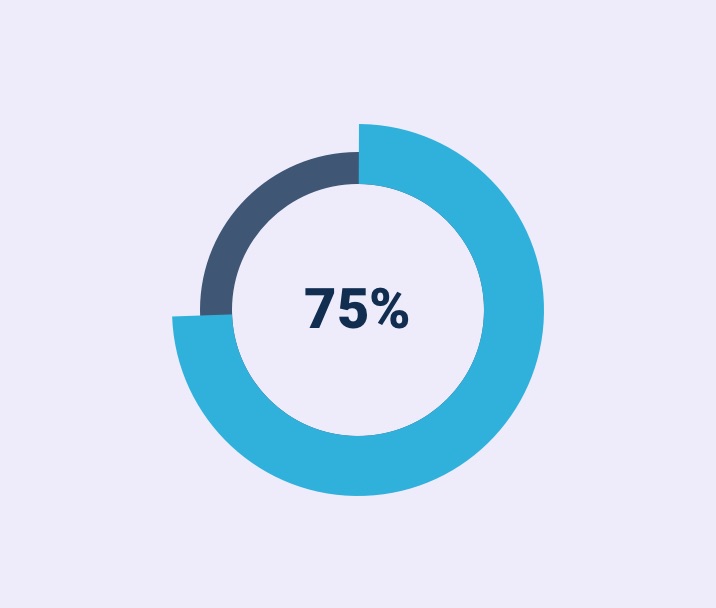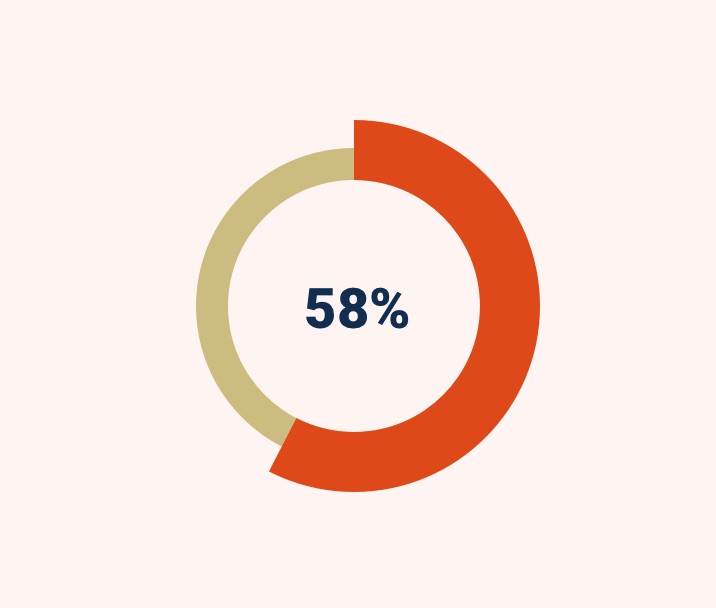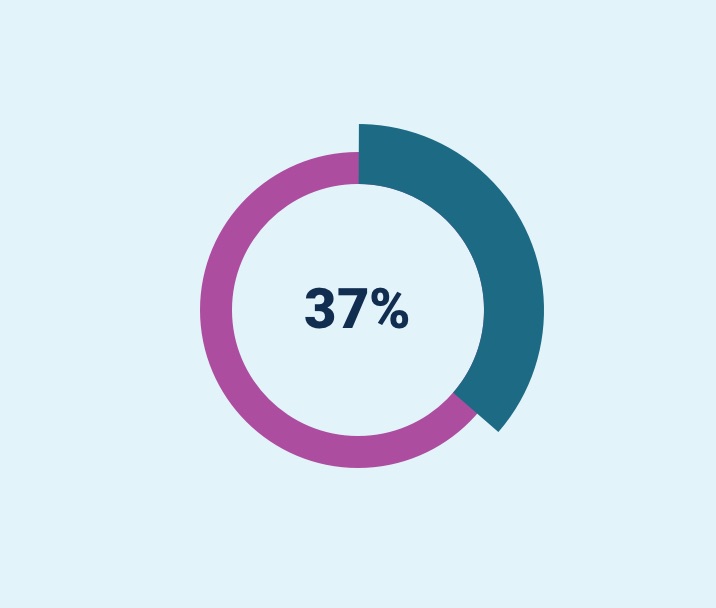Arts Attendance in Houston
Houstonians value the arts in their communities, but socioeconomic barriers make engagement difficult
While interest in the arts is high, residents of color aren’t always able to participate at the same rates as White residents.

Say the arts are important. Most Black and Hispanic residents value the arts, yet only 38.8–39.6% were able to attend an artistic performance in 2012.

Have attended an artistic performance. Most Harris County residents earning $100,000+/yr. attended a performance, compared to 29% of those earning $37,500 or less.

of venues visited for arts and cultural performances in 2012 were churches.
Why arts participation matters to Houston
Houstonians are passionate about the arts. After all, there aren’t many cities that can support year-round professional ballet, opera, symphony and theater companies, and attract more than 10 million to about 22,000 artistic performances and events per year.1 As our region becomes more diverse, open access to artistic activities and events provide us with a valuable opportunity to connect across races, cultures and income levels.
By exploring the data and staying informed on arts participation, Houstonians can do more to ensure that all our communities are able to engage with and benefit from the arts in the ways that align with their interests and lifestyles.*
*The data presented in this section are at the county level and specifically pertain to Harris County. Due to a lack of comparable data in Fort Bend and Montgomery counties, the two counties are not included in this analysis.
The data
How race and income affect arts participation in Harris County
As one of the most diverse regions in the country, it’s crucial that our artistic community cater to people of all backgrounds. Based on a 2012 survey of 1,200 Houstonians, there appears to be no relationship whatsoever between the ethnic background of an individual and their participation in the arts.
Arts Performance Attendance by Race/Ethnicity
Percent of Respondents Attending Arts Performances in Harris County, 2012
Arts Performance Attendance by Household Income
Percent of Respondents Attending Arts Performances in Harris County, 2012
Black, Asian, Hispanic and White residents are all nearly just as likely to say they attended at least one live performance in the arts during the year preceding the survey. However, more said “no” than “yes” across the board. Asians saw the smallest gap, with 46.1% saying “yes” and 53.9% saying “no.”
The slightly lower arts participation exhibited by Blacks and Latinos seems to be entirely due to differences in household income, as 75% of those surveyed in both groups agreed that the arts are “very important, ” compared to 72% of Whites and 71% of Asians.
Looking at arts attendance by education level, about 60% of respondents with graduate degrees said they had attended at least one live performance in the arts during the past year, compared to 56% of residents with college degrees, 46% of those with some college education and only 30% of those with high school diplomas or less.
This correlates with income levels, as just 29% of Harris County residents who reported household incomes below $37,500 said they had attended live arts performances in the year before the survey. That number nearly doubles to 52% for residents earning between $37,501 and $62,500 annually, and only continues to increase with higher earnings.
Venues visited for artistic performances
Arts Performances Attendance by Venue
Percent of Respondents Attending Arts Performances in Harris County, 2012
More than 80% of Houston residents who said they attended an art performance within the preceding year said they did so at a traditional venue such as a concert hall or theater. Also noteworthy is that more than a third (37%) of those surveyed said they attended a performance at a church or religious facility. A national study of congregations has shown that the arts (specifically music) are an important part of most worship services.1 The arts and spiritual institutions can be deeply beneficial to their communities, but both often struggle to garner sufficient resources. A strong partnership between the two types of institutions can serve as an economic and creative model in the face of increasingly limited funding and space in the arts and cultural sector.
Houstonians’ music preferences
Percent of Respondents Music Preferences in Harris County, 2012
Almost a third of Harris County residents said they most often listened to rock, pop, hip-hop or rap music, and 16% listened to country or folk music. Classical or choral music, jazz or blues, gospel or other religious music were each favored by approximately 10% of Harris County adults. Perhaps unsurprisingly, certain ethnicities account for a greater share of listeners for certain genres. Whites tended to prefer country music, while Black residents were more likely to listen to jazz, blues, and gospel and Hispanic respondents were more likely to say they listened to Latin music.
References:
- Klineberg, S., Wu, J., & Aldape, C. (2012). The Houston Arts Survey: Participation, Perceptions, and Prospects. Retrieved from The Kinder Institute for Urban Research website.
